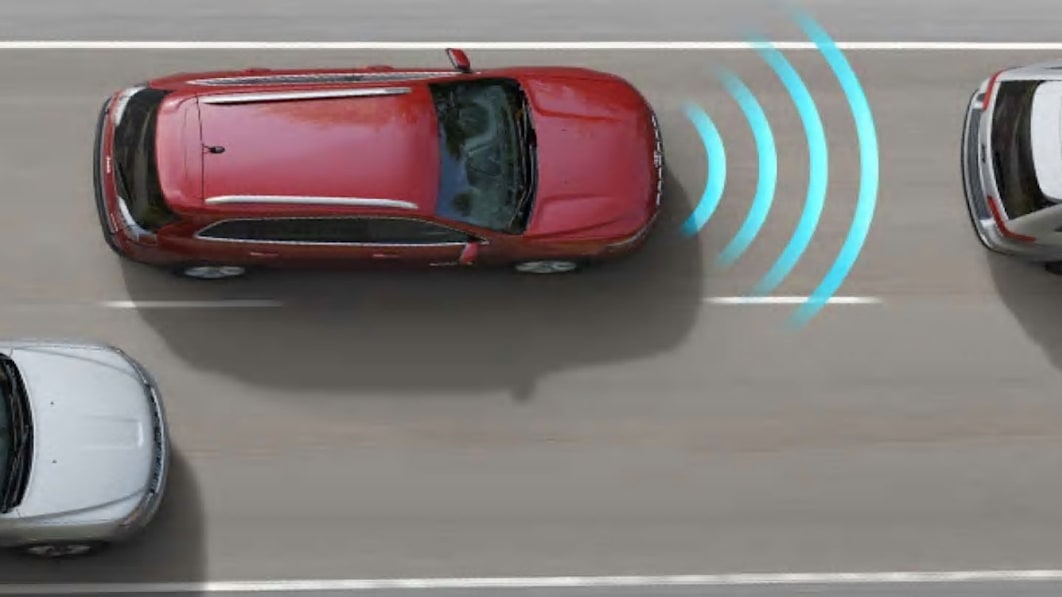IIHS may increase speed of collision avoidance tests

What do you do when the class aces the test? You make the test harder. That’s the plan at the insurer-funded Insurance Institute for Highway Safety, which says that automakers have made automatic emergency braking near universal and are practically breezing through the crash test for the system. In the latest round, “85 percent of 2022 model-year vehicles evaluated by IIHS so far earning a “superior” rating. In a press release, we’re told, “[The] success of the program means that the test no longer effectively differentiates among systems: About 85 percent of the 2022 model year vehicles IIHS has evaluated so far earn a superior rating.” The near-automatic pass rate means the IIHS will no longer include vehicle-to-vehicle crash prevention in its award for Top Safety Pick as of next year, although prevention of crashes between cars and pedestrians will remain in the criteria.
This summer, the agency will begin investigating how crash prevention systems perform at higher speeds, instead of the 12-mph and 25-mph tests the IIHS has performed since 2013. That’s because when researchers looked into police-reported crashes, they found that “only 3 percent of police-reported rear-end crashes happen at such low speed limits.” Performing the test in the 35 to 45-mph range would cover more than 30 percent of crashes, and considering the systems efficacy with motorcycles and tractor trailers would bolster its relevance to fatal crashes. Edge cases might also be considered, such as when when roads are wet, or one of the vehicles involved is turning or changing lanes.
At this point, the IIHS sys it isn’t sure the test will be replaced, but is talking like the test will be replaced. One spokesperson mentioned to Car and Driver how side crash standards improved after the IIHS raised the bar, adding, “We expect that when we update the vehicle-to-vehicle front crash prevention test we’ll see a similar range in performance that will give automakers incentive to improve their systems. It will also give consumers important information when comparing vehicles.”
Starting this summer, investigators will perform “tests on six vehicles equipped with different front crash prevention systems at speeds up to 45 mph,” using different types of passenger cars, motorcycles, and trucks, with the aim of finding out “how well specific systems perform at those speeds.” This all sounds like a recipe for heavier cars to us. Safer, sure, but definitely heavier.
Related Video



